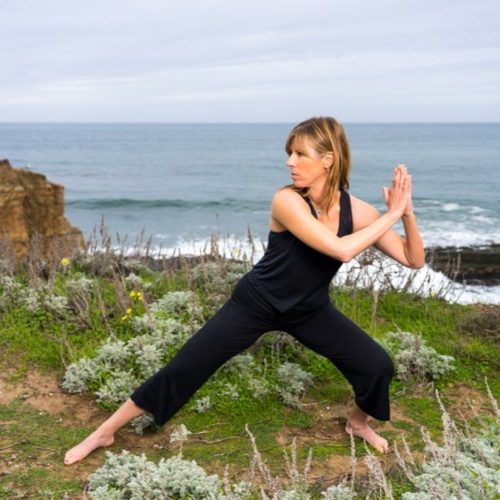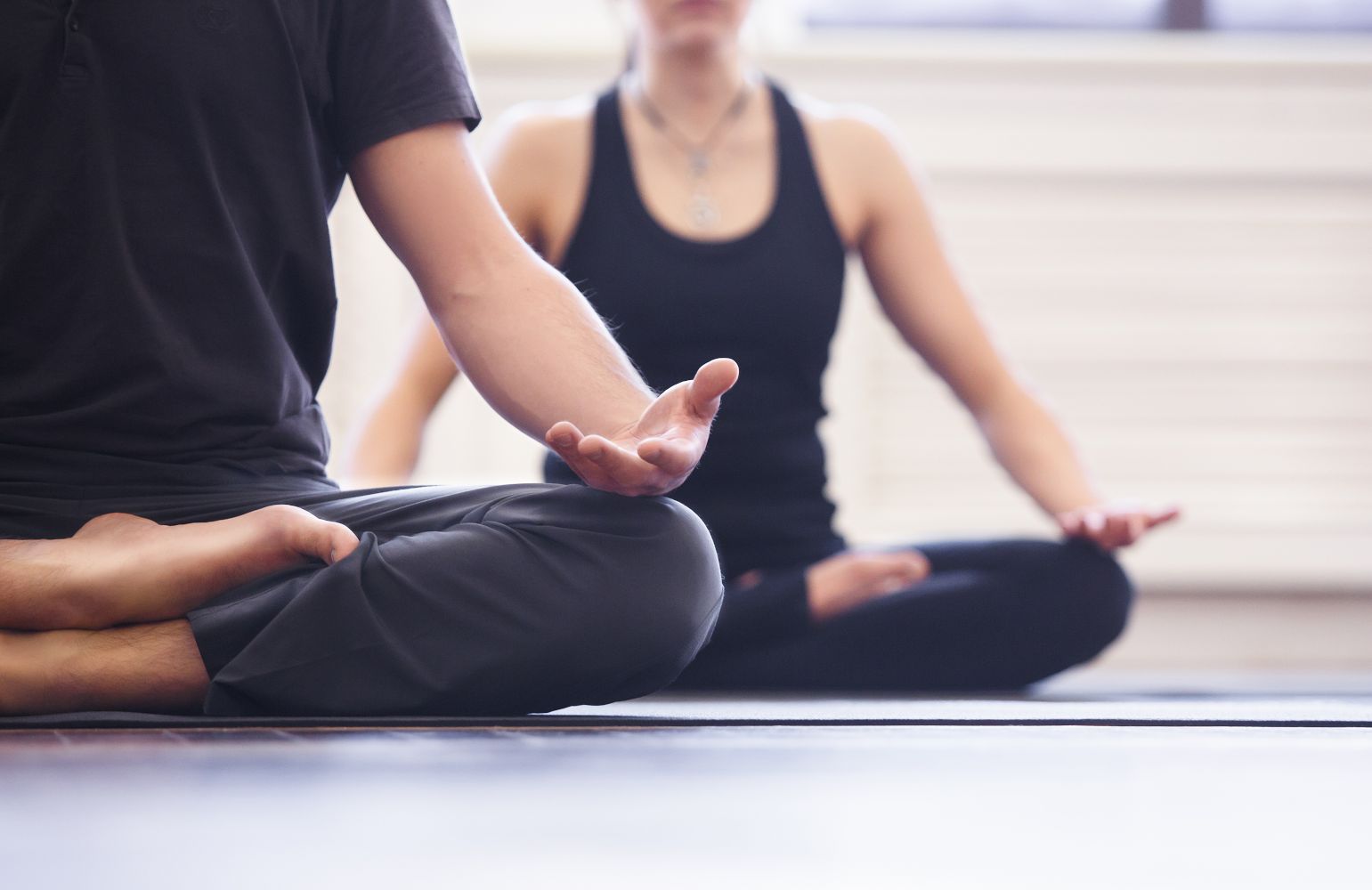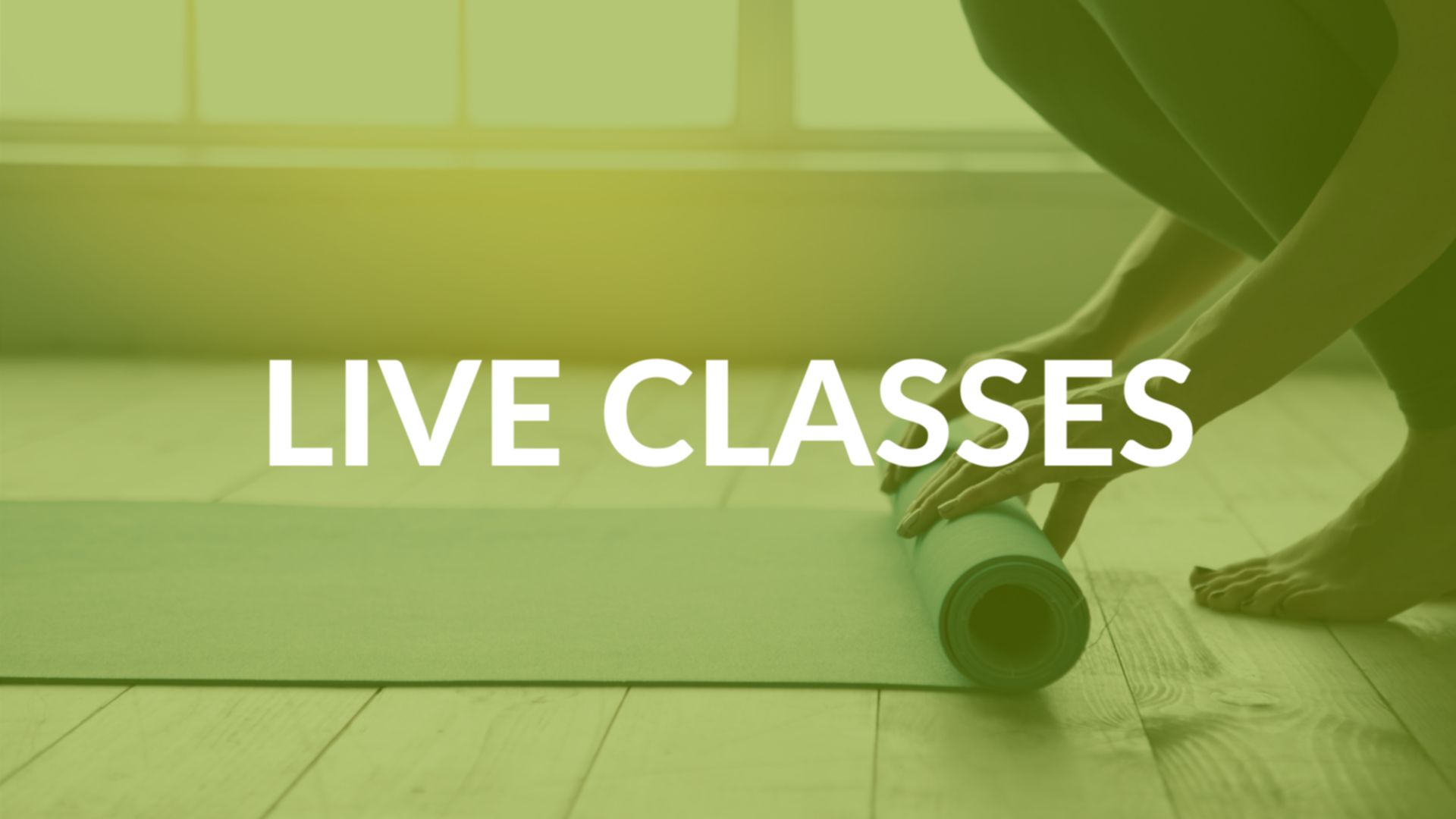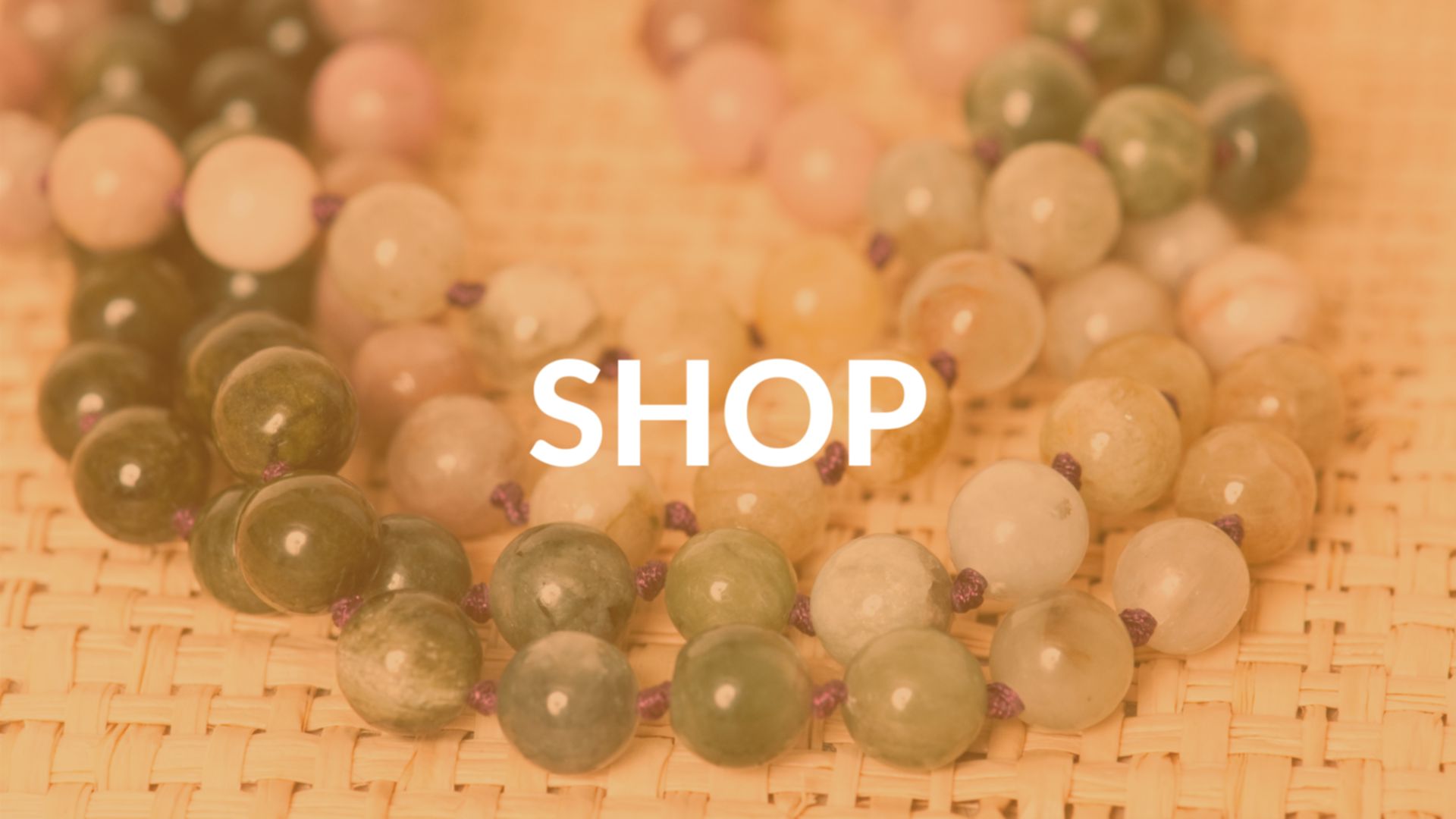Many of you have taken my qigong classes and expressed the benefits you feel both in mind and body, but what exactly is qigong? The definition of qi is life force energy, but what does that mean?
The truth is we don’t really know, although new theories in physics are exploring this concept, and many spiritual practices have discussed it since ancient times. Qi can be considered the energy that runs through your body that is unseen. Just because something is unseen, does not mean it doesn’t exist. Take gravity for example, or radio waves. Your qi is your life force, and it is influenced by your physical body, thoughts, and emotions. Gong is defined as a skill, cultivation, or practice. In essence, qigong is the cultivation and practice of increasing and regulating your life force energy.
A Mind-Body Approach
In our Qigong practice, we use movement and mindfulness to balance and increase qi circulation. When we practice, we maintain a gentle focus on our alignment to gravity, optimize functional mobility patterns, and release tension in the body. We practice mindfulness – a quiet observation of the mind to create a state of calm and presence. In this respect, we aim to become more aware both physically and mentally. This internal sensing is very important in our rushed world.
Think of yourself as a computer: Your mind and emotions are like the software, while your physical body is like the hardware. The hardware doesn’t work too well without decent software, and the software can’t work well with faulty hardware. Qigong is considered a mind/body integration practice for this reason.
The Meridians and Vessels
Qi circulates through 12 channels called meridians that act like rivers distributing energy through the body and connecting to the internal organs. There are also 8 vessels that function like reservoirs to regulate the distribution and circulation of the qi. When the reservoirs are full, the qi in the rivers is strong and can be regulated efficiently.
Healthy qi is meant to be balanced; however, it can become too positive (yang) or too negative (yin). The qi becomes imbalanced when there is a physical, emotional, or mental imbalance. This can cause a deficiency, excess, obstruction, or stagnation in any of the 12 channels, and the qi that flows to the body’s extremities and internal organs is altered and forms of dis-ease may develop.
The strength of your qi is affected by your alignment, emotions, and mind – as well as the weather, seasons, time of day, nutrition, sleep, stress, etc. For example, when the weather is dry, the qi in the lungs will tend to be more positive. When you are angry, the qi flow in your liver channel can become obstructed. If you grow up in an environment of fear, your foundation may feel unstable, and the kidney (root) energy may be imbalanced or deficient. We are also influenced by the natural cycles of the earth. When we become disconnected from the earth and our natural environment, we become disconnected within as well.
Emotions
Many illnesses are caused by mental and emotional excess. Emotional stress consumes qi and causes heat, as well as stagnation in the channels and organ systems. Over time, this can lead to both physical and mental pain and illness. For instance, worry and anxiety can cause ulcers and indigestion. Sadness can cause compression in the chest and lungs. Fear can disturb the kidneys and bladder. The first step in regulating your qi is to balance your thoughts and regulate your mind. When your mind is calm, your emotions neutralize, and your qi will automatically begin to regulate itself.
The Breath
Your organs must have the right amount of qi to function efficiently. Think of this like an appliance with an electrical source. The appliance is like the organ and the electricity that feeds the organ is the qi. Without this energy, the organs cannot function. The first source of energy that enters the body is through the breath. The breath provides the life force energy to keep your system functioning. In qigong, we do a variety of breath work practices to regulate the nervous system. We focus on achieving adequate space and mobility in the ribcage, where the lungs are housed to enhance functional diaphragmatic breathing.
Alignment
Physical movement is imperative to health because it assists in energy circulation. Joint mobility and alignment are also of utmost importance because they help the qi move more efficiently through the body. Think of the meridians as a series of pipes – when a joint is out of alignment, the pipes get kinked or blocked. The water flowing through the pipes can be likened to energy that is unable to flow as it’s intended when there are blockages.
The Three Treasures
In Qigong, we often speak of the three treasures. If you think of all spiritual practices, some trinity of body, mind, and spirit is inherent in most. In Chinese philosophy, our three treasures are jing (essence), qi (internal energy), and shen (spirit). The goal of qigong is to regulate the body (posture), emotions (breath), and mind (intent). When these three treasures are balanced our qi can flow efficiently.
Posture
The first treasure in Qigong is the physical body which roots and grounds our energy. Before you can develop your root, you must be aligned so the muscles can relax. Proper posture allows your body’s structure to support itself, rather than the muscles overworking to hold you upright. When you stand without tension, your qi will sink to your lower dantian (your center). When your structure is aligned and your muscles are relaxed, your channels can open. With proper alignment, you will encounter little strain while standing and moving, and your muscles and tendons can relax allowing the qi to sink deep into your center. For relaxation to reach the internal organs and bone marrow, your mind must be calm and clear to lead the qi there.
When the body’s posture is not in alignment, the qi will not be smooth. When the qi is not smooth, the mind is not peaceful. When the mind is not peaceful, the qi is imbalanced. You can see the strong relationship between the body and mind. A relaxed, balanced body helps you achieve a relaxed mind and vice versa, hence once again why qigong is considered a mind-body practice.
Breath
The second treasure in qigong is the breath. We practice regulating the breath so it’s calm, smooth, and peaceful. Our breathing is affected by our emotions. For example, when you are angry you exhale more strongly than you inhale, and vice versa when you are sad. When you are scared or anxious, breathing can become shallow. When your mind is peaceful and calm, the inhale and exhale will be more balanced.
Intent
The third treasure in qigong is your intention or mind. The most difficult training in qigong is to train your mind. Your imagination leads your mind, and your mind leads your qi. Your mind leads the qi where you intend it to. In this way, we want to be sure we don’t continue to direct our attention where we don’t want it to go. Qi behaves like water, it cannot be pushed or forced but can be led when there is no resistance. Often both physically and mentally, the more we resist and try to control, the more energy we expend. In Qigong, we strive to enter a state of flow, where we release rigidity and expectation, yet we carry an intention to manifest and create.
It’s important to understand the purpose and theory behind every form of Qigong. The training originates in your mind and begins with intention. We practice complete presence and the ability to center and balance the body, mind, and emotions. It’s important to have all feelings, senses, and judgments remain objective. But we must remember this is a practice and it takes time to adapt and build new habitual patterns.
Process Oriented Practice
The practice of Qigong like any practice takes patience and endurance. It takes time to change habitual patterns. You don’t run a marathon in a day. It takes the physical body time to adapt, and it starts with the first step. The habitual patterns of the mind are no different.
A Personal Note
It took me 6 months of daily training to begin to truly sense and feel energy. It’s taken me 10+ years of dedicated training to break many physical and mental patterns. I continue to grow daily in my practice and in my ability to sense and feel, into my body and clear my mind. I’m far from perfect and find it’s important to release unrealistic expectations I often place on myself. Qigong is a process-based practice, not a goal-based practice. Be patient with yourself! Be gentle with yourself! If you stay consistent in your practice, you will see results. I’m here to support every one of you in your practice and I am truly so grateful to have the opportunity to share my practice with you.

















